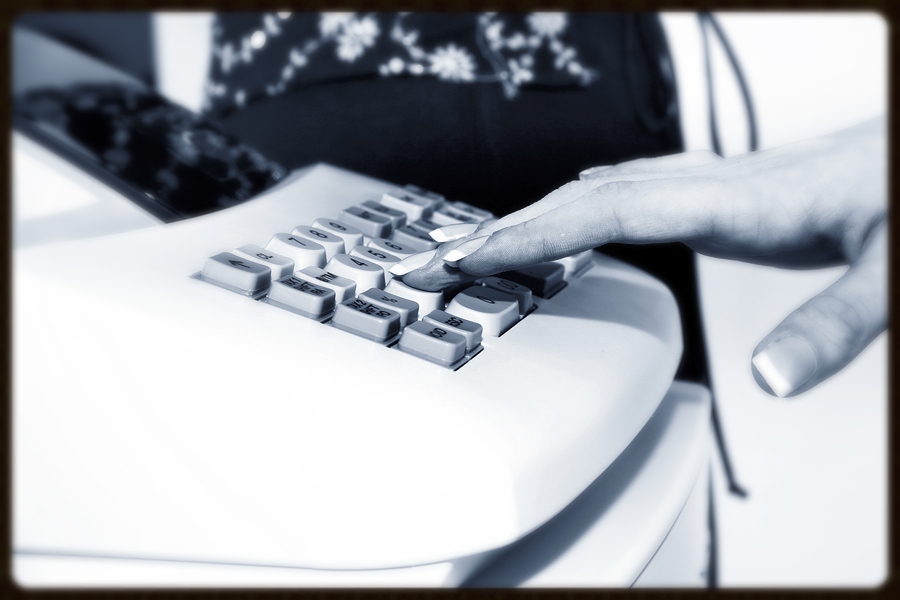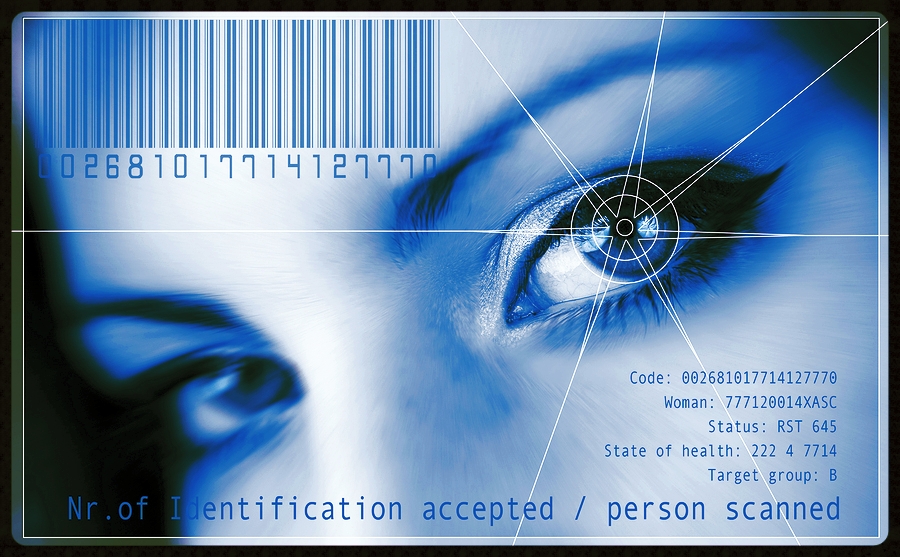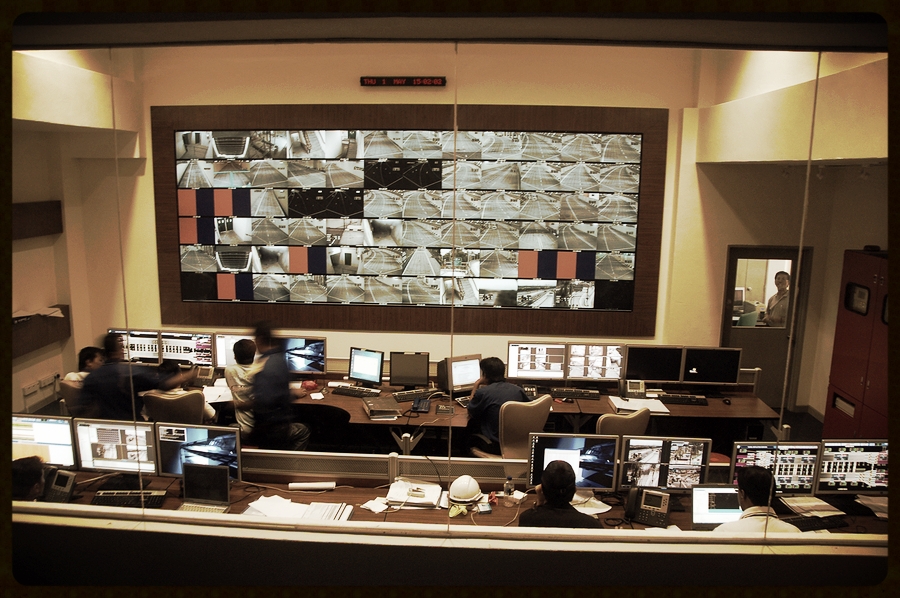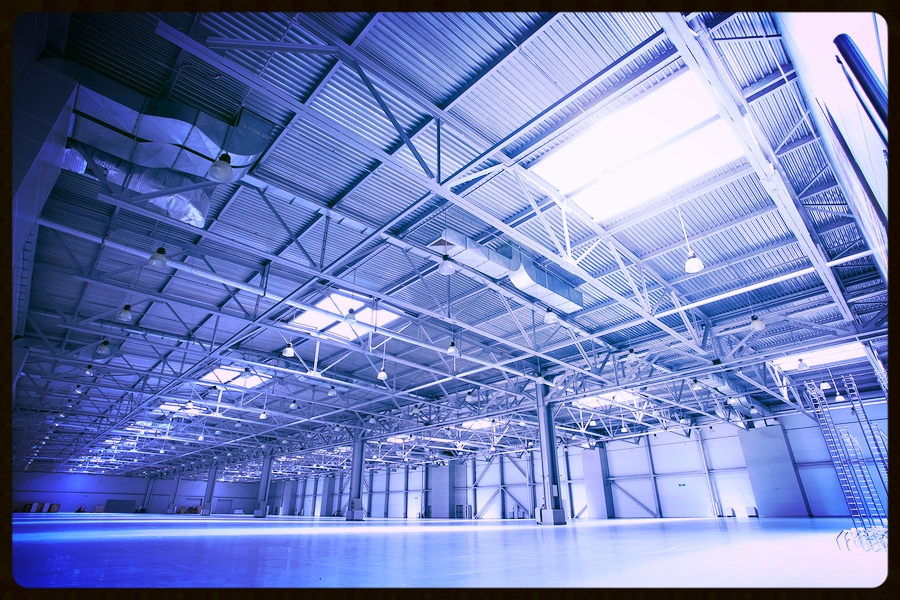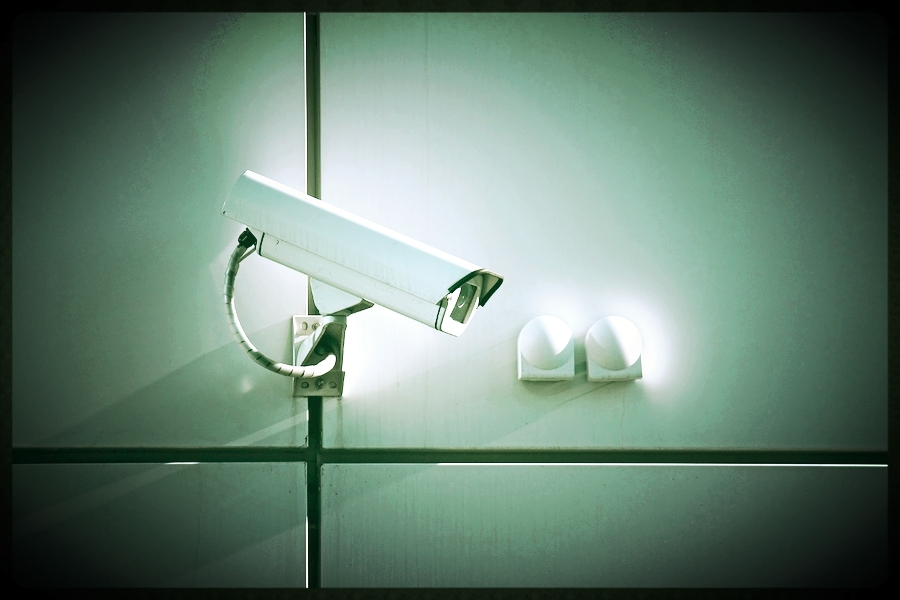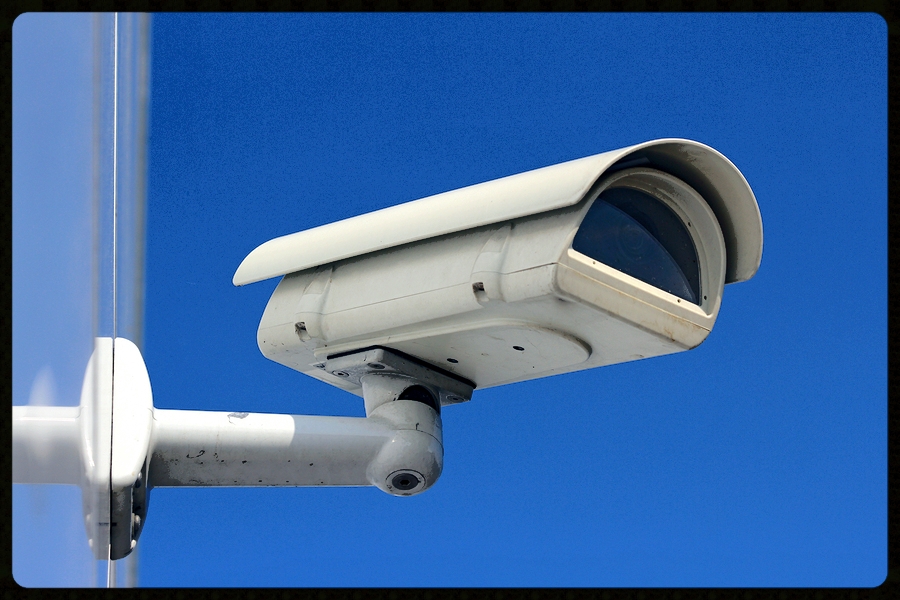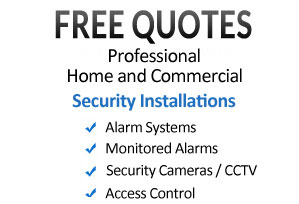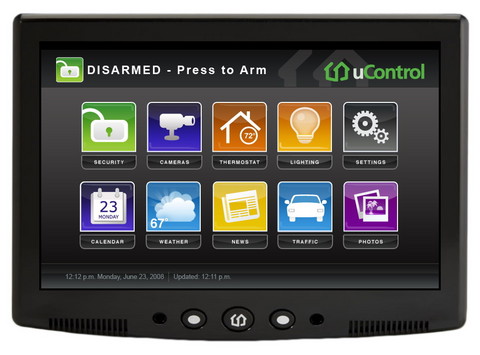
Official records for 2014 published by the New Zealand police show 7269 reported cases of unlawful entry with intent/burglary for the Auckland region.
Of those reported cases 71% related to private homes and only 8% were satisfactorily resolved
The greatest number of recorded home burglaries take place in the West Auckland region
Home security systems are used to protect homes from unauthorized intruders, theft and willful damage.
They work by monitoring key potential break-in points using a variety of different detectors/sensors.
Once a sensor is triggered, internal and external sirens are activated (except in cases where a silent alarm is utilized) and in cases of monitored alarms being installed, the monitoring company is immediately alerted.
Key Components of Home Security Systems
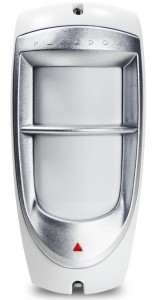
Sometimes refereed to generically as motion detectors, though different types of sensors number in the twenties, they all have various applications and range greatly in cost.
The most common and cost effective type of sensors are passive infra-red (PIR), which detect heat from objects in a given area.
- Alarm control panel / Premises control unit (PCU)
The main computer control center for the home alarm system, simply a motherboard enclosed in a protective metal case. The control panel monitors the sensors, records activation / deactivation history and relays information to the monitoring company.
Displays active sensors and zones of a site, a numerical keypad for manual arm/disarming of the alarm. Modern high end keypads now come complete with touch screens
An alternative power source in case of a cut to your mains power. A standard backup battery will need to be replaced every 3-5 years to ensure your alarm works in an extended power cut
Most burglar alarms will have at least one internal and one external siren, these are designed to draw attention to the site and to encourage the intruder to make a hasty exit.
Some security systems are set up as ‘silent alarms’ – equipped without sirens, the idea is a secret alert is sent to the monitoring company and the unaware thief is caught on site.
Silent alarms are more common for commercial installations where the same thieves may be targeting your business.
Home Alarm Upgrades
The potential upgrades and add ons for residential burglar alarms are virtually endless. Below are some of the more popular additions for home security systems
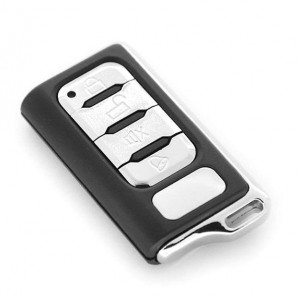
- Remote control arm/disarm
Remote control key rings are popular as they offer the same convenience of arming and disarming a car alarm with a push of a single button.
Most alarm companies offer these as an optional add-on to your burglar alarm installation.
Often installed separately at bed side in the master bedroom, they are also come as standard features on most alarm keypads.
Panic buttons allow home occupants to immediately sound an siren or silent alarm, they are often wired in with a monitored alarm to allow immediate response by security guard personal.
Advanced sensors which detect smoke are a valuable addition to your home security system. These detectors are installed specifically to work together with your home alarm system.
If you are running a connected service, upon a smoke/heat sensor triggering, the monitoring company will receive a fire signal which they can alert the fire service if required.
View our post on the best brands of smoke detectors here
Cat and small dog friendly home security systems are becoming common place with many alarm installation companies offering pet ignore sensors that are able to differentiate between humans and animals.
Thus avoiding frequent costly false alarm activations
- CCTV / Video surveillance
CCTV cameras prominently displayed on the exterior of residences are are strong deterrents for criminals. Should your property be broken into, video footage is then available for the police to study and will improve chances for prosecution.
For both commercial and home alarm system installation, professional alarm companies will select the most suitable surveillance equipment and installation method based on requirements and budget
How Much Do Home Security Systems Cost?

In Auckland home security systems installed by a professional security companies start at $600-700.
This cost is based on an entry level system from a know brand with all the components you need for a fully functioning alarm.
A complete basic package should include:-
– Alarm control panel
– Backup battery
– 2 infa-red (PIR) sensors
– Key pad
– Internal siren
– External siren
You can expect to pay around $100 for each standard additional infra-red (PIR) sensor. These are an important addition if you have a larger house with more potential break-in points.
Costs increase from there for better quality components and the add on of additional home alarm system upgrades previously discussed.
For our recommendations on the top burglar brands in NZ check out this post
Alarm Installation Methods

All sensors, control panel and key pads are wired into the homes mains supply with a backup battery in case of a power outage.
Best suited for install in new homes before completion, where running new cabling is not a problem
Removes the need for any wiring installation with all parts of the system being self battery powered. Wireless alarm systems have been pegged as inferior to hard wired systems, however technology improvements have seen the development of many quality wireless systems.
Beware of entry level self install wireless systems as they can be prone to false alarms and signal problems.
Wireless systems are best suited for existing build homes and rentals where running new cabling is problematic.
With wireless technology ever improving, expect hardwired systems to be slowly phased out
Elements of both a hard wired and wireless system, e.g. control panel and key pads maybe hard wired, though all sensors are wireless
Summary
Next to dead bolting windows and doors, home alarm systems are your second defense against intruders.
Home burglaries have remained on an uptrend since 1996
Use our form on the left to get a competitive quote for burglar alarms in Auckland
Secure your home now





